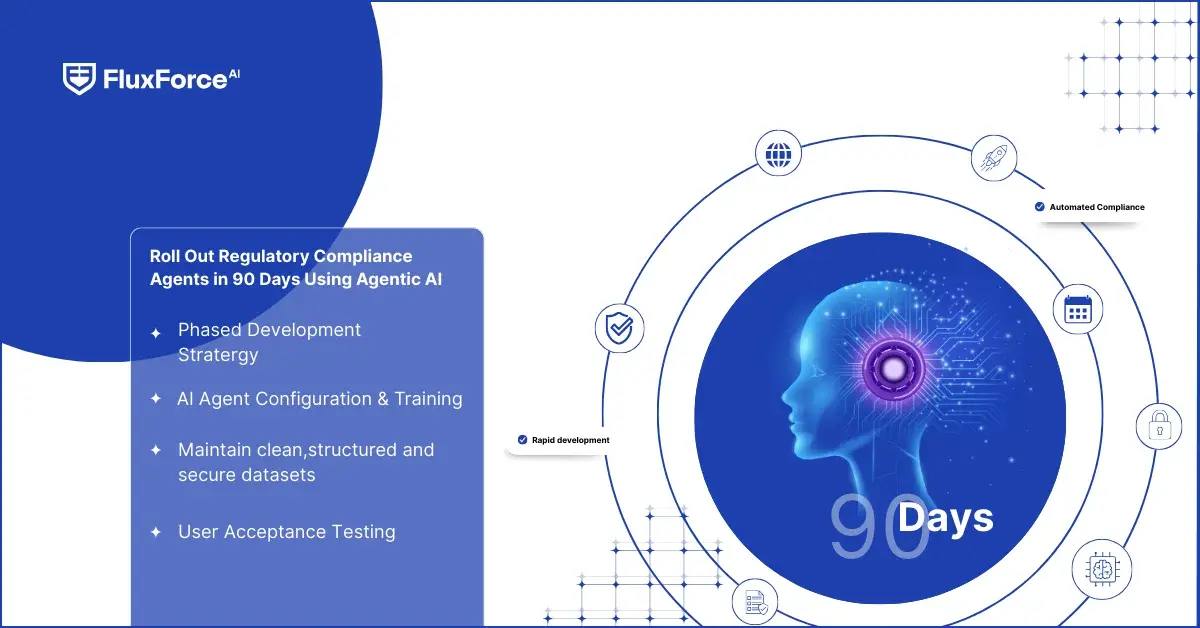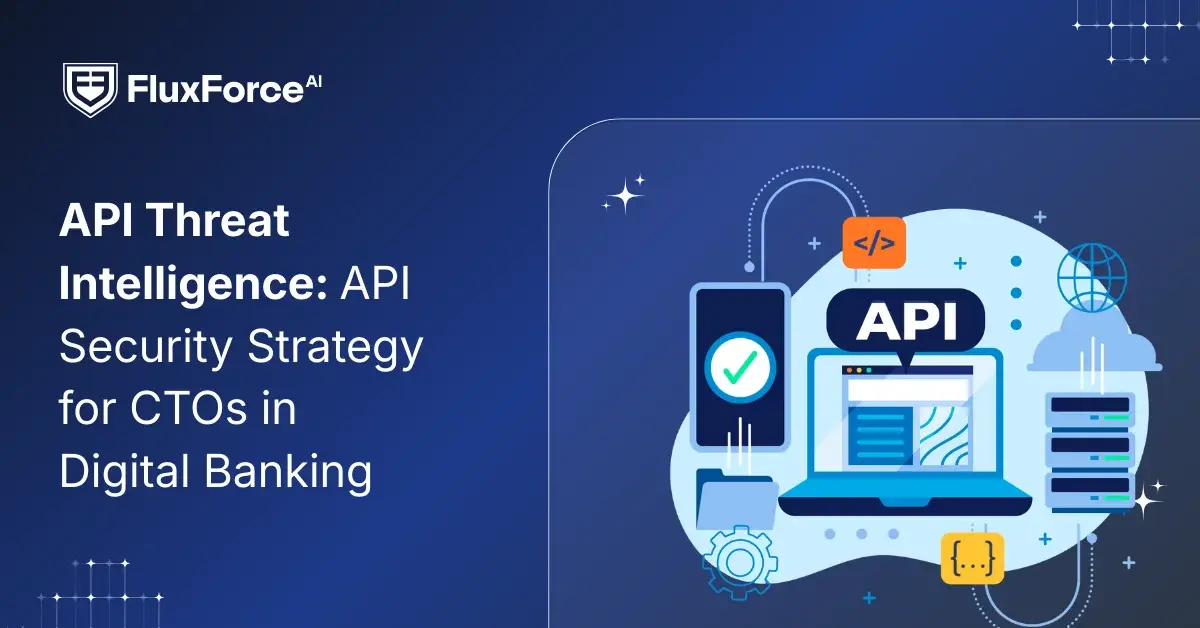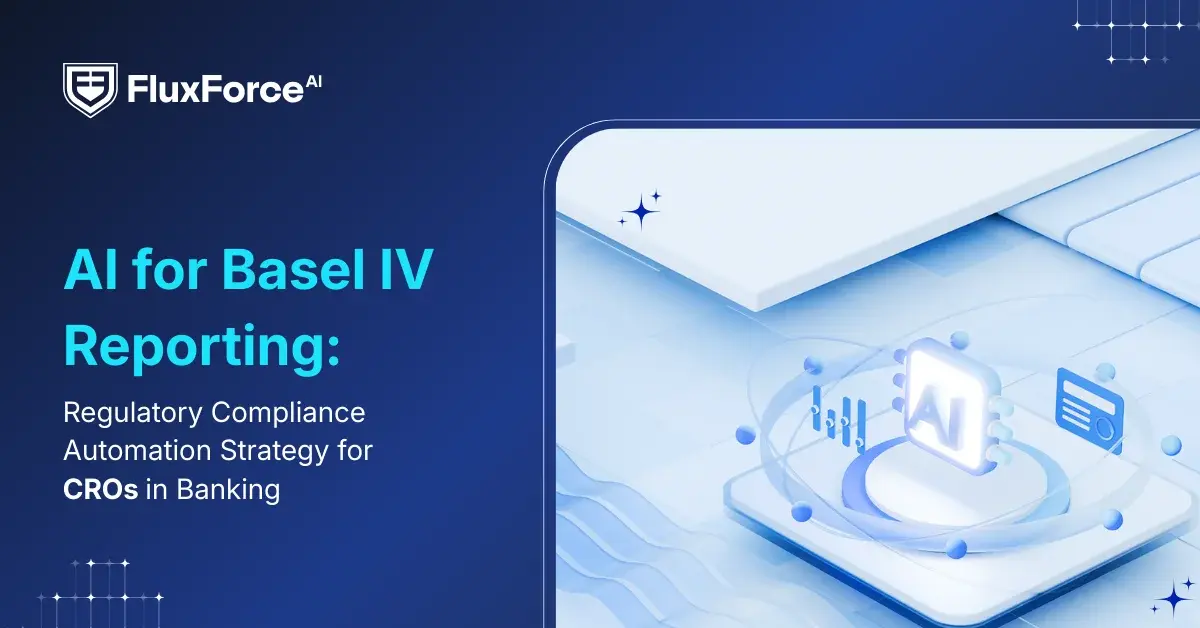Listen To Our Podcast🎧

Introduction
Financial institutions and fintechs often face complex compliance requirements that demand speed and precision. Agentic AI for compliance enables organizations to achieve a compliance agents rollout 90 days plan, transforming regulatory operations without overloading internal teams.
With automated compliance monitoring and regulatory compliance automation, AI agents can track transactions, verify adherence to guidelines, and provide real-time insights without heavy manual intervention. These AI-driven compliance solutions support continuous compliance monitoring financial services processes, helping teams respond promptly to evolving rules and reduce risk exposure.
Adopting regulatory technology (regtech) AI improves monitoring of investment guidelines, AML processes, and reporting obligations. The modular nature of agent-based AI systems allows organizations to implement tailored compliance workflows quickly, achieving measurable efficiency gains while ensuring accuracy and consistency.
Rapid deployment of these next-gen compliance agents ensures that regulatory obligations are met within the 90-day timeframe, allowing compliance teams to focus on strategic priorities instead of repetitive tasks.
How Compliance Agents Improve Operations

See every transaction clearly
Automated compliance monitoring gives organizations a clear view of every transaction and process. Agentic AI tracks activity continuously, so compliance monitoring of financial services happens without delays or mistakes.
Let AI handle the repetitive work
Routine checks and reports no longer slow teams down. Regulatory compliance automation takes over tasks like audits, policy checks, and reporting. AI-driven compliance solutions maintain accuracy while allowing staff to focus on higher-level decision-making.
Work with existing systems
Regulatory technology (regtech) AI integrates with CRMs, core banking systems, and reporting platforms. Agent-based AI systems support a compliance agents rollout 90 days plan without disrupting ongoing operations.
With continuous monitoring and automation, organizations can respond faster to regulatory changes. Compliance becomes a tool to improve overall operational efficiency.

Shaping the Future of AI in Finance
Fluxforce research uncovers how banks and enterprises are adapting to fraud, compliance, and data challenges in 2025.
90-Day Compliance Agent Rollout: Week-by-Week Strategy

Week 1–2: Assessment and Planning
Start with a comprehensive evaluation of existing compliance workflows and regulatory obligations. Map high-risk processes such as AML checks, KYC verification, and investment guideline monitoring. This phase sets the foundation for regulatory compliance automation. Teams identify where AI-driven compliance solutions can provide the greatest impact and outline integration requirements with systems like finra compliant CRM. Documenting workflows and expected outcomes ensures that the compliance agents rollout 90 days stays on track.
Week 3–5: Pilot Deployment
Implement a controlled pilot using agentic AI for compliance in selected processes. The pilot monitors financial transactions, validates rules, and generates sample reports to test accuracy. Real-world testing reveals edge cases and allows teams to adjust AI parameters for better precision. This approach demonstrates the value of regulatory technology (regtech) AI and ensures financial services compliance monitoring is both accurate and actionable.
Week 6–8: Full Integration
After successful piloting, expand deployment across all relevant systems and departments. Integrate AI agents with CRMs, core banking platforms, reporting tools, and existing compliance workflows. This stage operationalizes AI for financial compliance automation at scale, enabling fast, reliable regulatory compliance automation. Teams gain real-time insights, automated alerts, and enhanced reporting capabilities without disrupting ongoing operations.
Week 9–12: Optimization and Continuous Monitoring
Once fully deployed, AI agents require continuous refinement. Use insights from real-time data to retrain models and fine-tune rules, improving accuracy and predictive capabilities. This phase supports rapid deployment of AI compliance agents, helps in reducing compliance costs with Agentic AI, and ensures the organization remains prepared for evolving regulatory requirements. Continuous monitoring strengthens internal controls and creates an audit-ready environment.
Organizations that adopt this structured approach often report significant improvements in operational efficiency and risk reduction. According to a report by Deloitte, firms leveraging AI in compliance achieved up to 50% reduction in manual processing time while improving reporting accuracy. Implementing a week-by-week strategy ensures measurable progress, allowing compliance teams to focus on strategic priorities instead of repetitive monitoring tasks.
Real-World Impact of AI-Driven Compliance Agents
Goldman Sachs: Faster and Accurate Reporting
Goldman Sachs used AI to handle regulatory reporting across multiple document types every day. Automated compliance monitoring helped the bank reduce manual work and ensure reports were accurate and on time. This allowed compliance teams to focus on reviewing insights rather than spending hours checking documents.
DNB Bank: Saving Time and Costs
DNB Bank introduced AI across hundreds of processes, including AML checks and credit approvals. This regulatory compliance automation saved millions in operational costs and returned thousands of work hours to staff. By letting AI handle repetitive tasks, teams could focus on evaluating risks and improving policies.
JP Morgan: Stronger Compliance and Risk Control
JP Morgan integrated agentic AI for compliance into fraud detection, risk analysis, and reporting. The AI agents provided continuous compliance monitoring, quickly flagging potential issues and ensuring regulations were consistently met. The result was lower human error and more efficient compliance operations.
Many financial institutions report that using AI to monitor regulatory changes and enforce rules can reduce compliance-related work by 30% or more. AI-driven compliance solutions automatically identify relevant regulatory updates, helping teams take action quickly without combing through documents manually.
What Businesses Can Learn
These examples show that deploying AI compliance agents:
- Cuts down manual work and operational costs
- Speeds up reporting and monitoring
- Improves accuracy and reduces risk
- Frees compliance teams to focus on strategy rather than routine checks
By implementing intelligent compliance agents, organizations can stay ahead of regulations, improve efficiency, and reduce operational pressure, while maintaining high standards of accuracy and accountability.
Maximizing ROI and Strategic Value from AI Compliance Agents

Lower Costs with Faster Compliance
Deploying AI-driven compliance solutions reduces operational costs by automating repetitive tasks such as AML monitoring, KYC checks, and reporting. Regulatory compliance automation maintains accuracy while allowing compliance teams to focus on risk assessment and strategic decision-making. Organizations achieve measurable efficiency gains without increasing headcount.
Continuous Oversight Reduces Risk
Automated compliance monitoring provides real-time supervision over transactions, investment guideline monitoring, and other high-risk areas. Agentic AI for compliance detects anomalies and potential breaches early. Continuous monitoring lowers exposure to fines, regulatory penalties, and operational disruptions.
Rapid Deployment, Rapid Returns
A structured compliance agents rollout allows fast integration into existing systems, including core banking platforms and reporting tools. Quick implementation helps organizations realize ROI sooner, with improvements in efficiency and consistency.
Data-Driven Insights for Decision-Making
AI for financial compliance automation delivers actionable insights, highlighting trends and irregularities. Compliance teams can prioritize critical issues, adapt to evolving regulations, and make evidence-based decisions. Compliance transforms from a reactive task into a strategic function.
Onboard Customers in Seconds

Future-Ready Compliance with AI and Final Recommendations
Preparing Compliance for the Next Decade
Adopting AI-driven compliance solutions allows organizations to stay ahead of evolving regulations. By integrating agentic AI for compliance into daily operations, companies can maintain continuous monitoring and adapt quickly to regulatory updates. Forward-looking compliance teams can focus on strategy and risk management rather than repetitive monitoring tasks.
Building Scalable and Flexible Systems
AI compliance agents support regulatory compliance automation across multiple platforms, including compliant CRM and core banking systems. Compliance workflow automation makes scaling operations straightforward, letting organizations grow without compromising regulatory adherence. The ability to update AI models for new rules strengthens governance and reduces operational risks.
Actionable Recommendations for Businesses
1. Follow a structured compliance agents rollout 90 days plan to achieve fast, measurable results. 2. Use AI for financial compliance automation to reduce errors and improve reporting accuracy.
3. Monitor outcomes and refine AI agents continuously for ongoing improvements.
4. Consider agent-based AI compliance systems for high-risk processes such as AML, KYC, and transaction monitoring.
Conclusion
A structured 90-day rollout of AI compliance agents changes compliance from a reactive task into a strategic function. Organizations can complete reports faster, lower operational costs, and maintain accuracy while following regulatory rules. Prebuilt AI agents, such as those from FluxForce AI, allow quick deployment across compliance, fraud monitoring, and financial processes. Their modular setup provides flexibility, letting teams adjust modules to specific tasks or risks. Following a clear 90-day plan delivers visible results quickly, reduces the workload on teams, and frees compliance staff to focus on important decisions.






Share this article